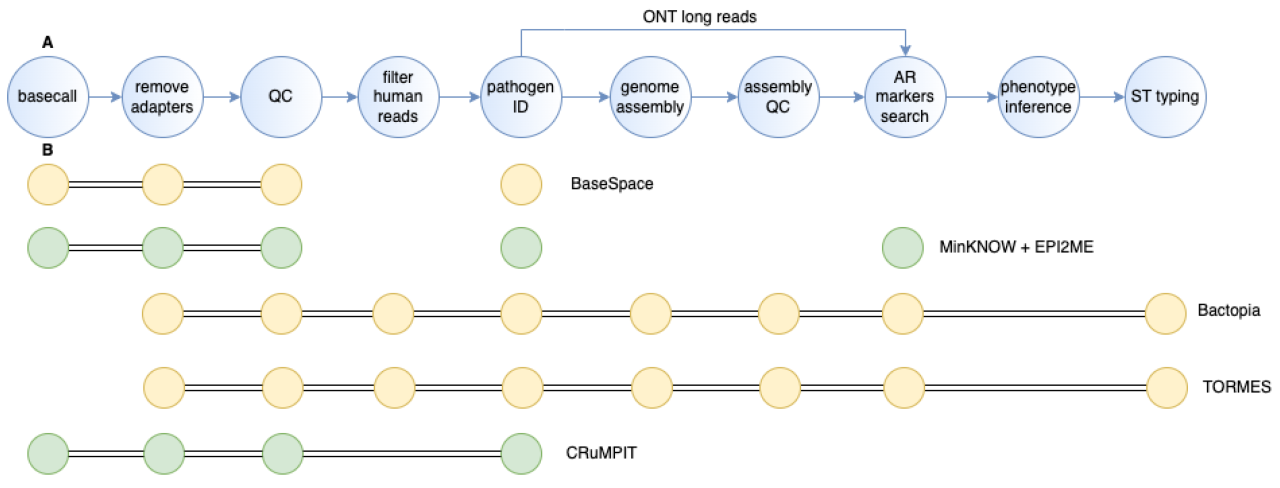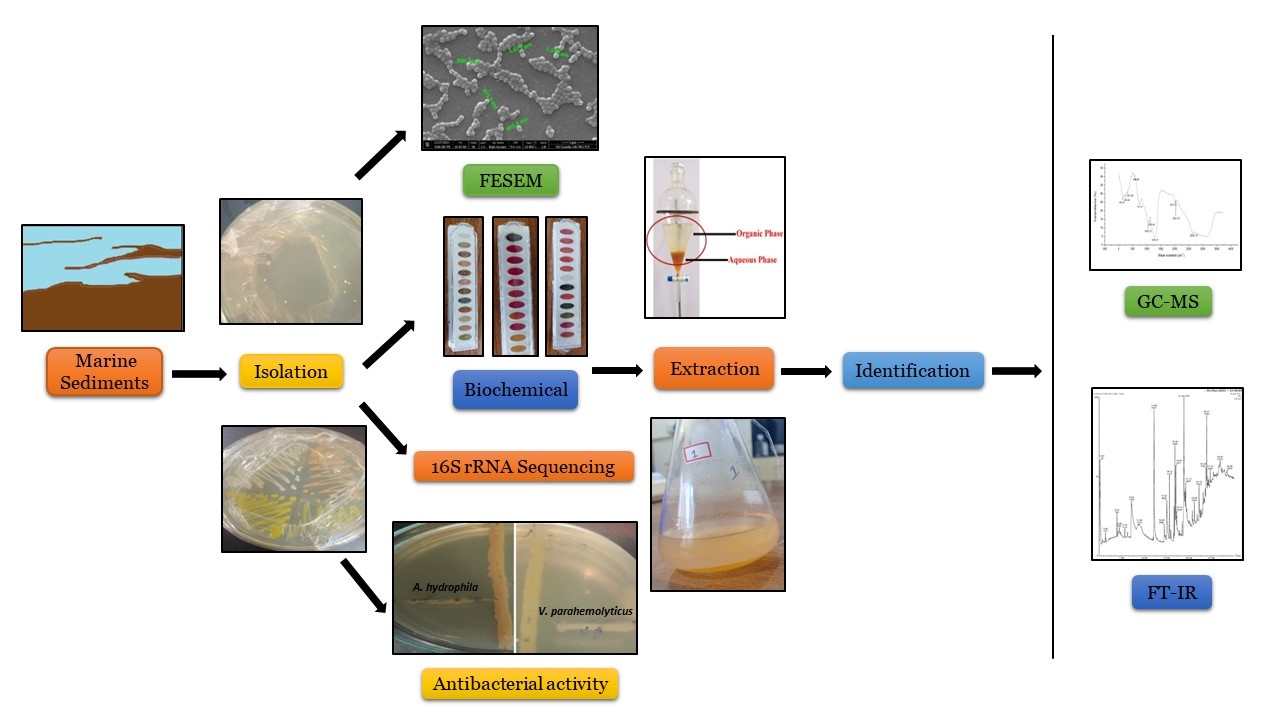China Calls HMPV Outbreak ‘Winter Occurrence’, India Says ‘Don’t’: This headline highlights a fascinating disagreement over the classification of a human metapneumovirus (HMPV) outbreak. While China attributes the surge to typical winter patterns, India challenges this assessment, pointing to potential differences in viral strains, surveillance systems, and even geopolitical factors. Understanding this discrepancy requires a closer look at the epidemiological data from both nations and the broader context of seasonal respiratory virus transmission.
This article will delve into the specifics of each country’s perspective, examining the supporting evidence, comparing their public health responses, and exploring the implications for future outbreak preparedness. We’ll unpack the influence of seasonal variations on HMPV transmission, highlighting the key environmental factors and public health strategies that can mitigate its spread. Ultimately, we’ll explore the crucial need for international collaboration to improve global surveillance and response to future outbreaks of HMPV and similar respiratory viruses.
So, China’s calling the HMPV outbreak a typical winter thing, while India’s urging caution. It’s a good reminder to focus on your health, especially with all the winter viruses around. But hey, while you’re bundled up inside, check out the Quadrantid meteor shower to light up skies – here’s the best way to see it! Then, get back to focusing on staying healthy and avoiding that HMPV – better safe than sorry!
China’s HMPV Outbreak Classification and India’s Response
The recent human metapneumovirus (HMPV) outbreak has sparked differing interpretations between China and India regarding its classification and management. China has categorized the outbreak as a typical winter occurrence, while India expresses a contrasting viewpoint. This article delves into the reasons behind these differing perspectives, exploring the epidemiological data, surveillance systems, and public health strategies employed by both nations.
China’s HMPV Outbreak Classification: A Winter Occurrence

China’s classification of the HMPV outbreak as a winter occurrence is based on observed seasonal patterns of HMPV activity in previous years. This aligns with the general understanding that respiratory viruses, including HMPV, tend to exhibit peak activity during colder months due to factors like increased indoor crowding and reduced immunity.
Epidemiological data from China’s national surveillance system likely shows a consistent increase in HMPV cases during the winter months, compared to other seasons. Specific criteria used by Chinese health authorities for this categorization might include the timing of peak incidence, the overall number of cases reported during the winter season, and the comparison of winter incidence rates with those observed during other times of the year.
The following table compares the seasonal patterns of HMPV outbreaks in China with other common respiratory viruses.
So, China’s downplaying the HMPV outbreak as a typical winter thing, while India’s urging caution. It’s a stark contrast, reminding me of how unexpected life can be, much like the recent passing of Britt Allcroft, who brought Britt Allcroft, Who Brought Thomas the Tank Engine to TV, Dies at 82 to our screens. The news highlights how quickly things change; one minute we’re enjoying childhood favorites, the next we’re grappling with global health concerns.
Hopefully, the HMPV situation will resolve itself soon.
| Virus | Peak Season in China | Typical Symptoms | Severity |
|---|---|---|---|
| HMPV | Winter (November-March) | Cough, fever, runny nose, shortness of breath | Mild to moderate, severe in infants and elderly |
| Influenza | Winter (November-March) | Fever, cough, sore throat, muscle aches | Mild to severe, potential for complications |
| RSV | Winter (November-March) | Cough, fever, runny nose, wheezing | Mild to severe, especially in infants |
| Rhinovirus | Year-round, peaks in fall and spring | Runny nose, sneezing, sore throat | Generally mild |
India’s Contrasting Perspective: Reasons for Disagreement
India’s disagreement with China’s classification likely stems from several factors. Differences in epidemiological surveillance systems between the two countries could lead to variations in data collection and reporting, affecting the interpretation of seasonal patterns. India’s surveillance system may have detected HMPV activity outside of the typical winter months, leading to a different conclusion regarding its seasonal nature.
Variations in circulating HMPV strains between China and India could also contribute to the differing perspectives. Different strains might exhibit different seasonal patterns or levels of infectivity. Geopolitical factors, such as differing levels of international collaboration and data sharing, could also influence the interpretations and responses to the outbreak.
So, China’s calling this HMPV outbreak a typical winter thing, while India’s basically saying “hold your horses.” It’s a serious situation, and if you’re thinking about a career change that could help, check out surgical tech programs near me with financial aid options – it’s a field where you could make a real difference during these kinds of health crises.
The HMPV situation highlights the importance of medical professionals, so maybe it’s time to consider a new path.
Impact of Seasonal Variations on HMPV Transmission, China Calls HMPV Outbreak ‘Winter Occurrence’, India Says ‘Don’t

Climate and environmental factors significantly influence HMPV transmission rates. Colder temperatures, lower humidity, and increased indoor crowding during winter months create an environment conducive to viral spread.
- Temperature and humidity
- Indoor crowding
- Air quality
- Sunlight exposure
Public health measures, such as improved ventilation in indoor spaces, hand hygiene campaigns, and targeted vaccination strategies, might be more effective during peak seasons. Seasonal variations can also impact the severity of HMPV infections, with more severe cases often observed during winter due to the combined effects of viral activity and weakened immune systems.
HMPV Outbreak Management Strategies: A Comparative Analysis
China and India likely employed different public health responses to manage the HMPV outbreak, reflecting their respective healthcare infrastructure, resources, and epidemiological understanding. A comparison of the effectiveness of different preventative measures requires detailed data on the specific interventions implemented in each country, along with their outcomes. Healthcare infrastructure challenges, such as access to healthcare facilities and diagnostic testing, vary significantly between the two countries, influencing the overall management of the outbreak.
Successful public health interventions in managing similar respiratory virus outbreaks often involve a multi-pronged approach, including vaccination programs, antiviral medications, and public health communication campaigns promoting preventative measures.
Future Preparedness and International Collaboration

International collaboration is crucial for effective monitoring and response to HMPV outbreaks. Sharing epidemiological data and best practices allows for a more comprehensive understanding of the virus’s behavior and facilitates the development of targeted interventions. Strengthening global surveillance systems for respiratory viruses involves enhancing data collection, analysis, and sharing mechanisms, as well as investing in research to improve diagnostic tools and treatment strategies.
Improved communication and coordination between countries during future outbreaks can be achieved through established protocols for information sharing, joint research initiatives, and coordinated public health responses. This includes establishing clear communication channels and agreed-upon response strategies.
Visual Representation of HMPV Spread: A Descriptive Illustration
An illustration depicting the geographic spread of the HMPV outbreak in China could show a map highlighting regions with higher incidence rates, overlaid with data on population density and climate zones. Darker shading could indicate areas with higher case numbers, clearly showing the concentration of cases in densely populated urban areas and potentially cooler climate zones. The map would also differentiate between rural and urban areas.
A comparative illustration showing age demographics most affected by the HMPV outbreak in China and India would display two separate bar graphs, one for each country. Each graph would show the distribution of cases across different age groups, highlighting the age groups most vulnerable to severe illness (e.g., infants and the elderly) in both countries. The comparison would reveal similarities and differences in the age-specific vulnerability to HMPV in the two nations.
Last Point

The contrasting views of China and India on the HMPV outbreak underscore the complexities of managing respiratory viruses globally. While China’s focus on seasonal patterns provides a valuable framework, India’s dissenting perspective highlights the importance of considering regional variations in viral strains and epidemiological surveillance. Effective outbreak management demands robust data sharing, collaborative research, and adaptable public health strategies tailored to specific contexts.
International cooperation is not just beneficial, it’s crucial for building resilience against future outbreaks and safeguarding global health.
FAQ Compilation: China Calls HMPV Outbreak ‘Winter Occurrence’, India Says ‘Don’t
What is HMPV?
Human metapneumovirus (HMPV) is a common respiratory virus that can cause mild to severe respiratory illnesses, particularly in young children and older adults.
How is HMPV spread?
HMPV spreads through respiratory droplets produced when an infected person coughs or sneezes.
What are the symptoms of HMPV?
Symptoms can range from mild cold-like symptoms to more severe respiratory illnesses like pneumonia or bronchiolitis. Common symptoms include cough, fever, runny nose, and shortness of breath.
Is there a vaccine for HMPV?
Currently, there is no licensed vaccine for HMPV.
